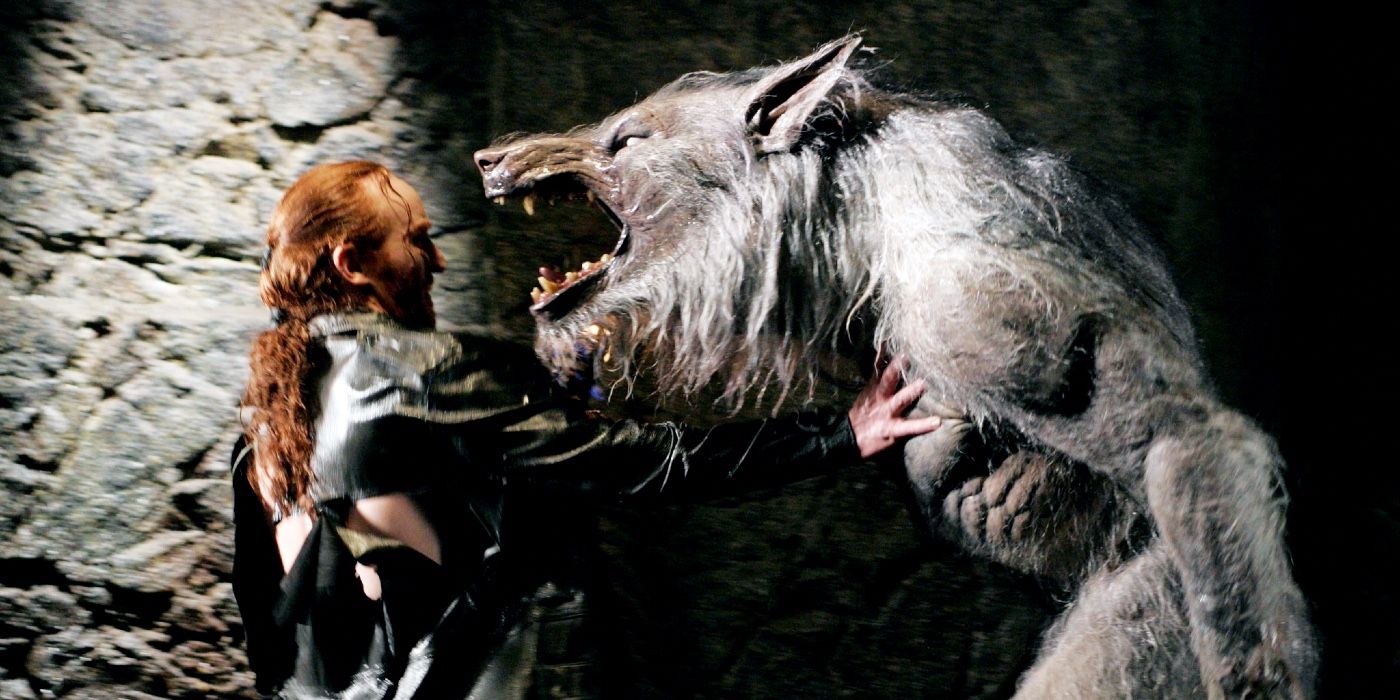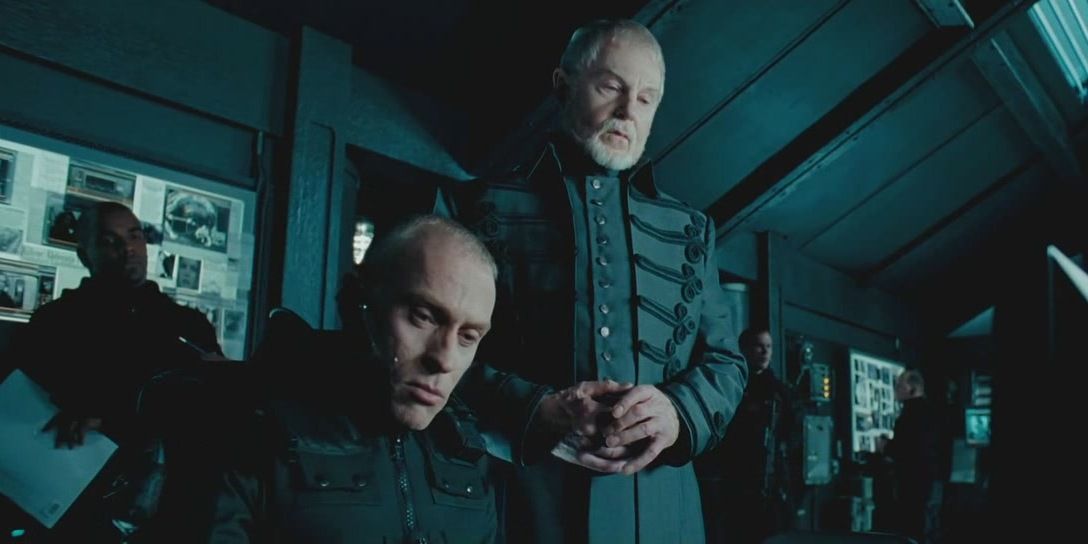In 2003, Len Wiseman released the first installment of the action horror film franchise, Underworld and presented a unique mythos for vampires and lycans (werewolves). Now comprised of five films, with potential for more, and a video game, the franchise is known for its unique take on vampires and werewolves. The first film introduces the essential concept for the others expand upon, the vampire versus lycan war wages on and true histories are exposed. Starring Kate Beckinsale as the main vampire character Selene, the progression of series reveals just how extraordinarily different vampires and lycans in it are from any others in horror history.
In the third film, Underworld: Rise Of The Lycans (2009), the franchise delves into the history of their werewolves. Unlike the classic creature features such as The Wolf Man (1941) and more contemporary werewolves like David in An American Werewolf In London (1981), the lycans do not exhibit human-like qualities. Furthermore, they are the epitome of aggression and fueled by their rage. The history of werewolves in the genre depicts an unpredictable and reckless creature rather than a fully conscious and methodical lycan.
Unlike any vampire inspired by Bram Stoker’s Dracula (1897), Underworld’s immortal vampiric characters are gun wielding combat specialists that strive to protect their coven. Such as the characters in 1994's Interview With The Vampire, they can subdue their desire for human blood by consuming rats and other small mammals. Despite this similarity, there are no vampires like Underworld’s. As the franchise progresses towards the fifth and possibly final installment, Underworld: Blood Wars (2016), the vampires and their uniqueness becomes clear. Creature features such as Dracula and The Wolf Man are some of the most recognizable and popular figures of the genre, but Underworld challenges what fans know about the well-loved monsters through complex mythology.
Underworld's Vampire & Lycan Mythology Explained
Underworld’s immortal beings have a history that goes as far back as the 5th century with Alexander Corvinus. He fathered three sons: Marcus, William, and an unnamed third. Alexander was the first immortal who was immune to the plague due to a rare genetic mutation which gave him the ability to live forever. Marcus and William were two of the three sons who received the gene from their father. William’s transformation into a lycan occurred when he was bitten by a rabid mountain wolf. While this may seem like a traditional means of developing lycanthropy, the aftermath spawns an entirely new type of werewolf.
The series refers to werewolves as lycans because they are infected through William; they have never been human, and are not considered the traditional breed of werewolf, but a new one altogether. Therefore, Underworld proposes the possibility that there is more than one variation of the genetic mutation, or virus. Later on, Alexander was bitten by a bat and, following tradition, the bite transformed him into a vampire. Underworld suggests that, common to other vampires in media, they view themselves as elite and better than werewolves. The franchise complicates this notion due to Marcus and William's relation to one another, and finds that it's the pompous and purist nature of the vampires that causes the war to begin.
The two brothers became creatures in the most common ways that the horror genre has established: being bitten. Regardless, their mythology and existence largely differs from the common creature. The lycan and vampire war frames the entirety of the Underworld franchise, and its immortal beings are some of the most unique in the realm of horror creatures. Their mythology and history easily separates them from the rest.


